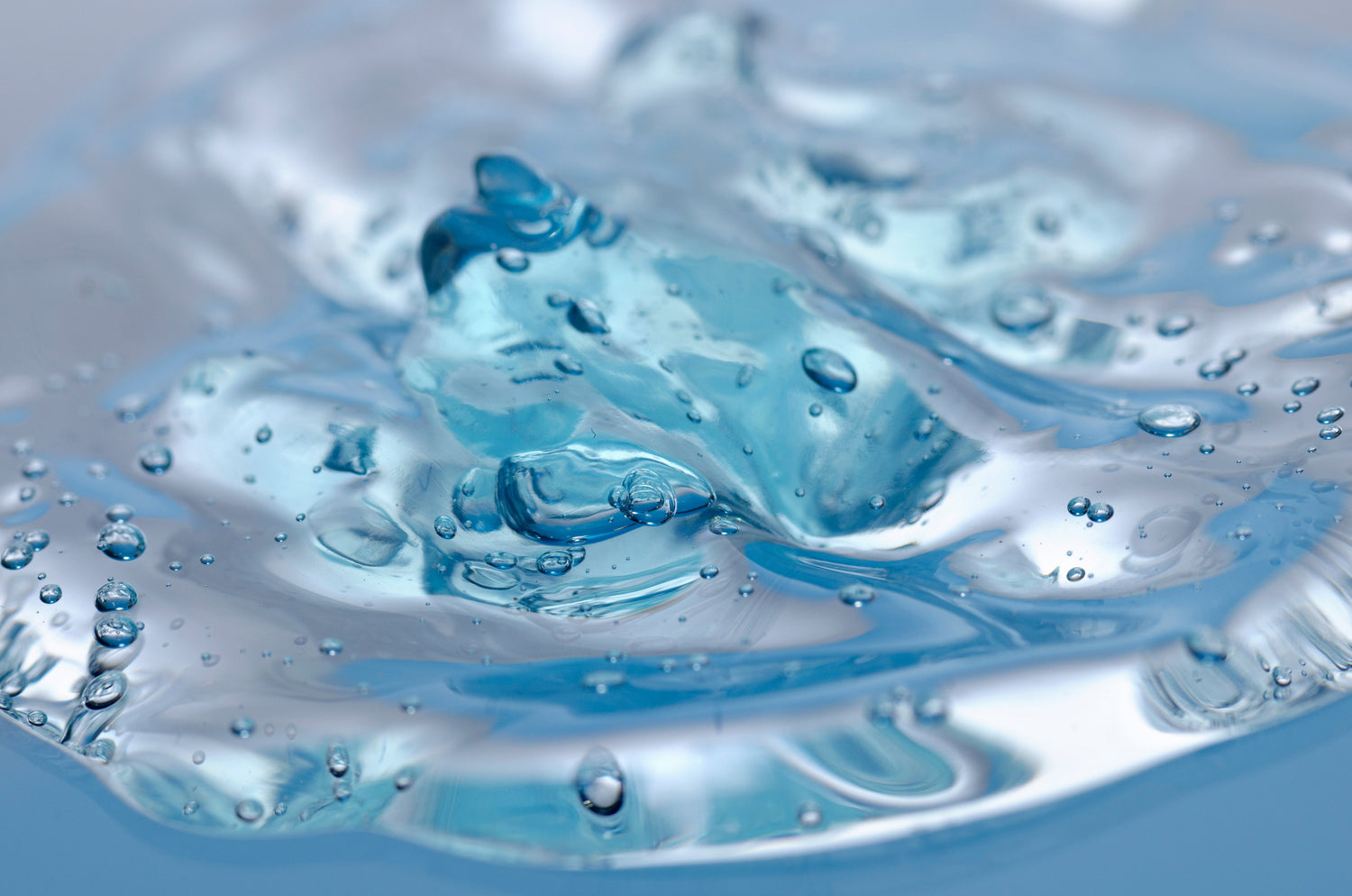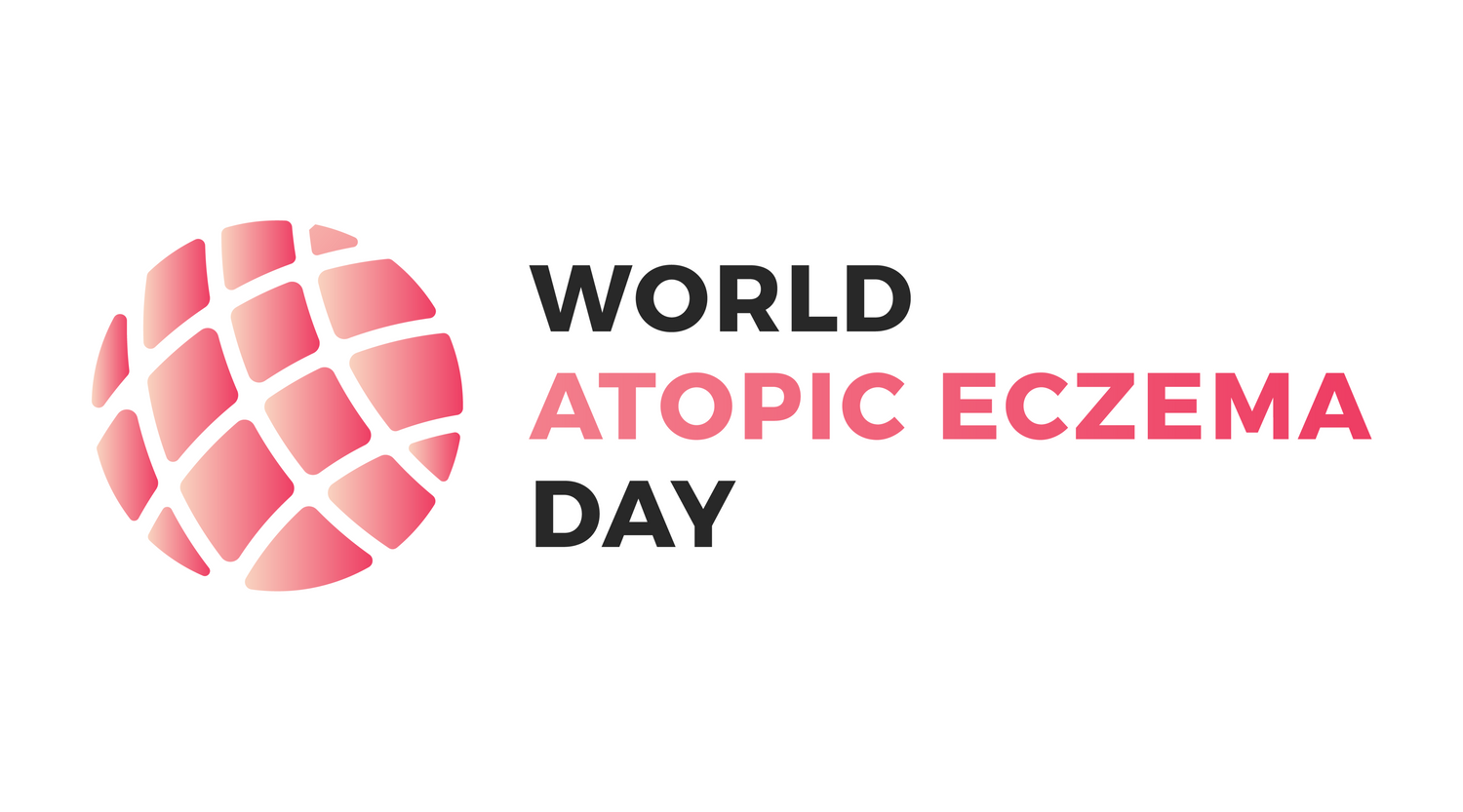Eczema is a common skin condition that affects millions of people worldwide. Among its various forms, discoid eczema, also known as nummular eczema or nummular dermatitis, is a distinct and often troublesome subtype. This blog post aims to provide an in-depth understanding of discoid eczema, including its causes, symptoms, and available treatments.
What is Discoid Eczema?
Discoid eczema, also known as nummular eczema or nummular dermatitis, is a chronic inflammatory skin condition characterized by distinct round or oval-shaped patches of irritated skin. The term "discoid" refers to the shape of the lesions, resembling coins or discs. These patches, known as plaques, can vary in size, ranging from a few millimeters to several centimeters in diameter.
The exact cause of discoid eczema remains unknown. However, several factors can trigger or exacerbate its symptoms:
Dry Skin: Individuals with dry skin are more prone to developing discoid eczema. The skin's natural barrier is compromised, making it easier for irritants to penetrate and trigger inflammation.
Environmental Factors: Exposure to harsh chemicals, certain metals, or frequent contact with water can contribute to the development of discoid eczema. Environmental allergens, such as pollen or dust mites, can also trigger flare-ups.
Genetic Predisposition: People with a family history of eczema or other allergic conditions are more likely to develop discoid eczema. Genetic factors play a role in the skin's barrier function and immune response, making some individuals more susceptible.
Stress: Emotional stress or anxiety can worsen eczema symptoms, including discoid eczema. Stress can weaken the immune system, making the skin more susceptible to inflammation.
Difference between Discoid Eczema & Atopic Dermatitis
Discoid eczema and atopic dermatitis, also known as atopic eczema, are two distinct types of eczema that differ in various aspects. Here are the key differences between discoid eczema and atopic dermatitis:
Clinical Presentation and Distribution:
-
Discoid Eczema: Discoid eczema typically presents as round or oval-shaped plaques with well-defined edges. The lesions are localized and can appear on any part of the body, although they are commonly found on the limbs, torso, and buttocks. The affected skin is red, inflamed, and may have a scaly or crusty appearance.
-
Atopic Dermatitis: Atopic dermatitis usually appears as patches of dry, itchy skin that may be red, inflamed, and covered with small bumps or blisters. It tends to affect flexural areas, such as the folds of the elbows and knees, as well as the face, neck, and hands. Unlike discoid eczema, atopic dermatitis often involves widespread and symmetrical involvement of the skin.
Age of Onset:
-
Discoid Eczema: Discoid eczema primarily affects adults, typically between the ages of 30 and 50. It is relatively rare in children.
-
Atopic Dermatitis: Atopic dermatitis commonly begins in early childhood, with many cases appearing during infancy. It is one of the most common forms of eczema in children, although it can also persist into adulthood.
Associated Factors:
-
Discoid Eczema: While the exact cause of discoid eczema is unknown, it is often associated with factors such as dry skin, environmental triggers, genetic predisposition, and stress.
-
Atopic Dermatitis: Atopic dermatitis is influenced by a combination of genetic and environmental factors. It is commonly associated with a personal or family history of allergic conditions, such as asthma, hay fever, or food allergies.
Itching and Discomfort:
-
Discoid Eczema: Itching is a common symptom of discoid eczema and can be intense. The constant scratching can lead to further skin irritation and potential complications.
-
Atopic Dermatitis: Itching is a hallmark symptom of atopic dermatitis. It can be severe and persistent, leading to sleep disturbances, irritability, and impaired quality of life.
Chronicity and Recurrence:
-
Discoid Eczema: Discoid eczema is a chronic condition that tends to persist over time. The plaques may come and go, with periods of remission and flare-ups. Recurrence of discoid eczema can occur intermittently throughout an individual's life.
-
Atopic Dermatitis: Atopic dermatitis is a chronic and relapsing condition. It often follows a cyclical pattern with periods of exacerbation and remission. While some individuals may outgrow the condition, others may experience lifelong susceptibility to flare-ups.
Associated Conditions:
-
Discoid Eczema: Discoid eczema is generally localized to the skin and does not have strong associations with other allergic conditions.
-
Atopic Dermatitis: Atopic dermatitis is part of the atopic triad, which includes asthma and allergic rhinitis. Individuals with atopic dermatitis are more likely to develop these conditions or have a family history of them.
Symptoms of Discoid Eczema
Discoid eczema presents several characteristic symptoms:
Round or Oval-shaped Patches: The primary symptom of discoid eczema is the presence of coin-shaped patches on the skin. These patches can be red, inflamed, and scaly, with well-defined edges.
Intense Itching: The affected areas often become intensely itchy, leading to scratching and potential skin damage. Scratching can further exacerbate the inflammation and increase the risk of infection.
Dry and Flaky Skin: Discoid eczema causes the skin to become dry, flaky, and rough. It may also develop cracks or blisters, which can be painful.
Discoloration: In some cases, the affected patches may appear darker or lighter than the surrounding skin. This discoloration is more noticeable in individuals with darker skin tones.
Diagnosis and Medical Evaluation
If you suspect you have discoid eczema, it's essential to consult a healthcare professional for an accurate diagnosis. A dermatologist will typically evaluate your medical history, conduct a physical examination, and may perform additional tests to rule out other skin conditions or infections.
Treatment Options
Treating discoid eczema involves a comprehensive approach aimed at managing symptoms and preventing flare-ups. The following treatment options are commonly used:
Skin Treatment Routine: Get in a routine so that you can keep up with your good habits. There’s an easy two-step skincare routine that you can follow to help you achieve this goal. Our Natural C+ Eczema Cream used in conjunction with our Body & Bath oil is a powerful combination.
STEP 1: Add GRAHAMS BODY & BATH OIL to your bath or shower. Our Body & Bath Oil is formulated with natural olive, emu oil, Vitamin E, and Manuka Oil to help nourish and hydrate the skin. As this product is 100% oil-based, it provides essential hydration to the skin that common skin problems strip through the irritation caused.
STEP 2: Nourish your skin with GRAHAMS C+ ECZEMA CREAM. Our C+ Eczema & Dermatitis Cream contains naturally hydrating ingredients that aim to reduce redness and inflammation on the skin. Our cream works to calm the skin with the ‘oil-in-water’ formula providing a cool, soothing feel to relieve associated itching and pain.
Avoiding Triggers: Identifying and avoiding triggers is an essential part of managing discoid eczema. This may involve minimizing exposure to irritants, using gentle skincare products, and adopting protective measures like wearing gloves when using chemicals or cleaning agents.
Wet Wraps: Wet wrap therapy involves applying a moisturizer to the affected areas and covering them with damp bandages or clothing. This technique helps hydrate the skin, reduce itching, and enhance the absorption of topical treatments.
Phototherapy: In some cases, phototherapy, also known as light therapy, may be recommended. This treatment involves exposing the affected skin to controlled amounts of ultraviolet (UV) light, which can help reduce inflammation and itching.
Self-Care and Lifestyle Changes
In addition to medical treatments, individuals with discoid eczema can take several self-care measures to manage their condition:
Gentle Skincare Routine: Use mild, fragrance-free cleansers and moisturizers specifically formulated for sensitive skin. Avoid harsh soaps or products that may further irritate the skin. All of the Grahams Natural range is soap, SLS, chemical & fragrance free!
Avoid Scratching: Although the itchiness can be unbearable, scratching can worsen the condition and lead to complications. Keep nails short, and consider using anti-itch creams or cold compresses to alleviate the itch.
Stress Management: Implement stress reduction techniques such as meditation, yoga, or engaging in hobbies that promote relaxation. Managing stress can help prevent flare-ups and improve overall well-being.
Clothing Choices: Opt for loose-fitting, breathable clothing made from natural fibers like cotton. This allows the skin to breathe and reduces friction that can worsen symptoms.
When to Seek Medical Help
While discoid eczema can often be managed with self-care and medical treatments, it's important to seek medical help if:
- The symptoms worsen or spread rapidly
- The affected skin becomes increasingly painful, tender, or swollen
- Signs of infection, such as pus, oozing, or fever, appear
Discoid eczema is a chronic skin condition characterized by round or oval patches of inflamed and itchy skin. While the exact cause is unknown, triggers such as dry skin, environmental factors, genetic predisposition, and stress can contribute to its development. By following a comprehensive treatment plan that includes medical interventions, self-care measures, and lifestyle changes, individuals with discoid eczema can effectively manage their symptoms and improve their quality of life. If you suspect you have discoid eczema, consult with a healthcare professional for an accurate diagnosis and personalized treatment plan!





